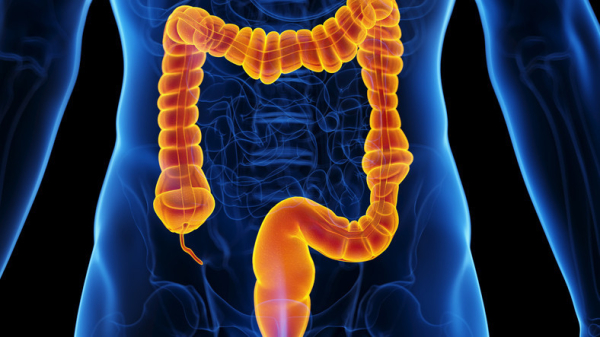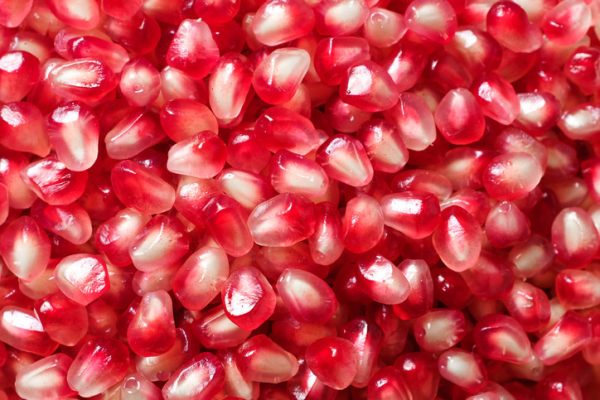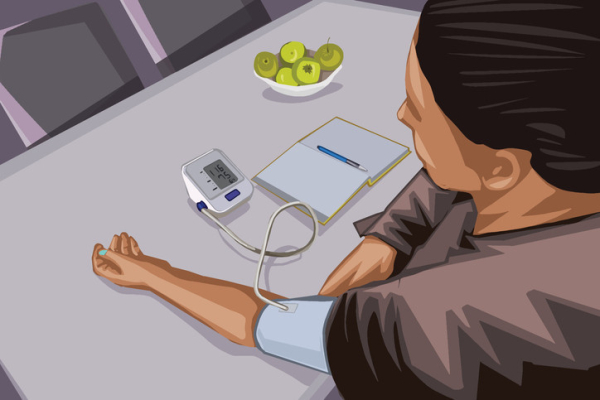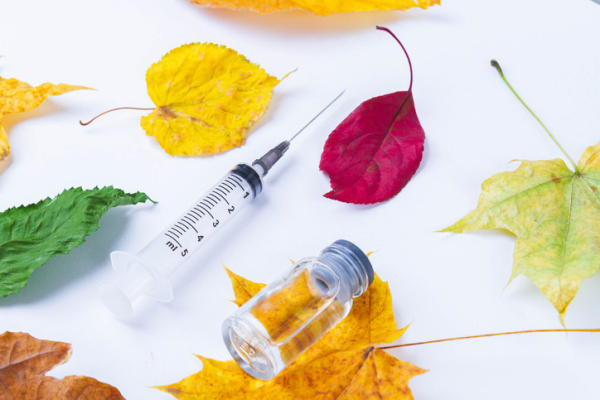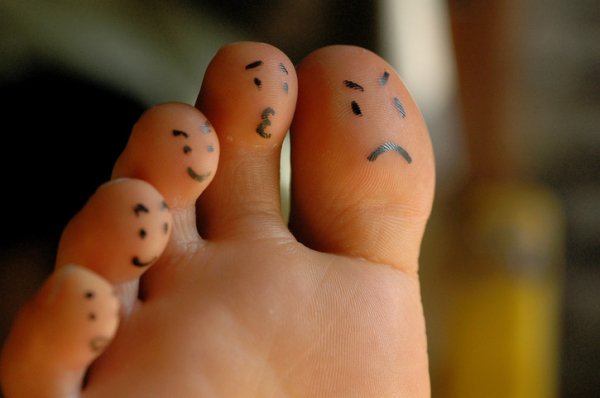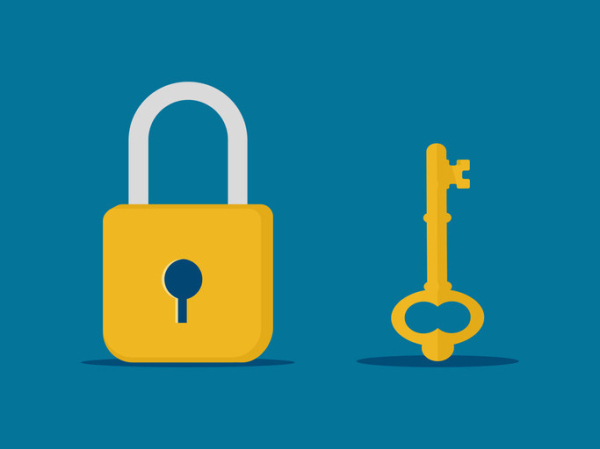
The most common cause of chronic stomach pain in children isn’t anything you can find on a test or cure with a medicine. And that can make it very challenging to diagnose — and treat.
You may not have ever heard of functional abdominal pain. Yet it ranks as the most common cause of stomach pain lasting two months or more in children and teens.
What is functional abdominal pain?
The mind and the body are tightly connected in ways that we are still working to understand, and this is particularly true of the mind and the gastrointestinal tract. Stress — particularly chronic stress, depression, and anxiety — can lead to pain that is very real. Sometimes the pain is the only symptom of stress, especially in children who are high-achieving or tend to hide their emotions.
Sometimes the pain doesn’t start from stress but from an infection or other illness, and stays once the illness is gone or adds additional pain to the illness while it is being treated. Worry about the pain and its possible cause can make things worse. The nervous system of the gut can go into overdrive.
What are common symptoms of functional abdominal pain?
Children with functional abdominal pain can have mild symptoms that just show up occasionally, or they can have more severe symptoms that interfere with daily life. Along with stomachaches, they can have nausea, vomiting, constipation, or diarrhea — or some combination of all of them. They may have a poor appetite or complain of feeling full very quickly.
When should you contact your child’s doctor?
It’s important to check in with your doctor if your child is having chronic stomachaches. They should have a physical examination, and your doctor may want to do some testing, such as blood or stool tests, as there are many medical conditions that can cause chronic stomachaches.
It’s particularly important to call your doctor if your child
- is losing weight
- has blood in their stool
- has severe pain
- has fever, rashes, sore joints, or other signs of illness.
If your doctor finds that your child’s examination and tests are normal, and they aren’t losing weight, chances are that your child has functional abdominal pain.
For some families, getting this diagnosis sounds like the doctors are saying that it is all in the child’s head. But nothing could be further from the truth. It is very real pain — but it is not being caused by something dangerous, which is very good news.
How can you help a child diagnosed with functional abdominal pain?
There are many ways to help a child who has functional abdominal pain once the diagnosis is made. They include:
- Understanding and managing stressors in the child’s life, if there are any
- Medications recommended by your health care team can help with symptoms, such as laxatives for constipation
- Cognitive behavioral therapy, which is a kind of therapy that teaches strategies for managing pain, as well as managing any stress or sadness that can be contributing
- Meditation, yoga, and other ways for a child to relax and regulate how they react to their world
- For some children, a low-FODMAP diet can be helpful
- Probiotics, peppermint oil preparations, and some other supplements are sometimes used to help soothe and prevent pain.
Most children with functional abdominal pain can receive care from their pediatrician. Regular visits are a good idea, to check in to see how things are going and adjust any treatments. If things aren’t getting better, a referral to a gastroenterologist can be helpful.
Follow me on Twitter @drClaire
About the Author

Claire McCarthy, MD, Senior Faculty Editor, Harvard Health Publishing
Claire McCarthy, MD, is a primary care pediatrician at Boston Children’s Hospital, and an assistant professor of pediatrics at Harvard Medical School. In addition to being a senior faculty editor for Harvard Health Publishing, Dr. McCarthy … See Full Bio View all posts by Claire McCarthy, MD










